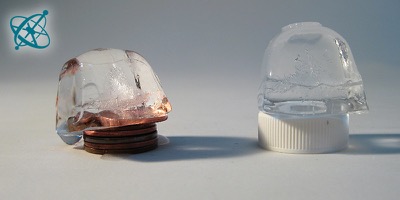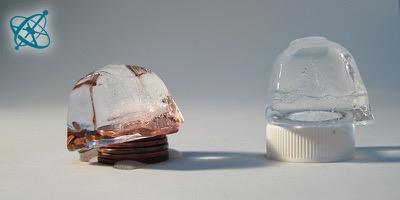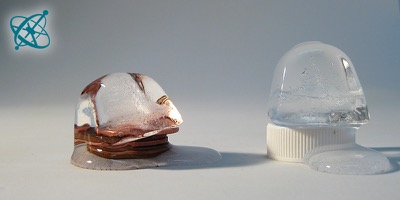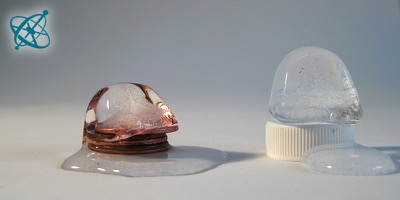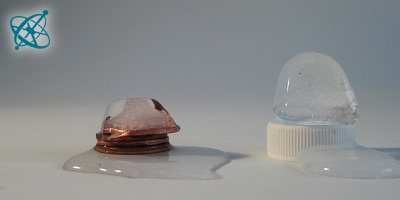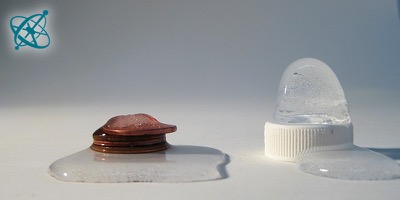 www.sciensation.org | Ciênsação hands-on experiments are published as Open Educational resources under a Creative Commons Attribution-ShareAlike 4.0 International License.
www.sciensation.org | Ciênsação hands-on experiments are published as Open Educational resources under a Creative Commons Attribution-ShareAlike 4.0 International License.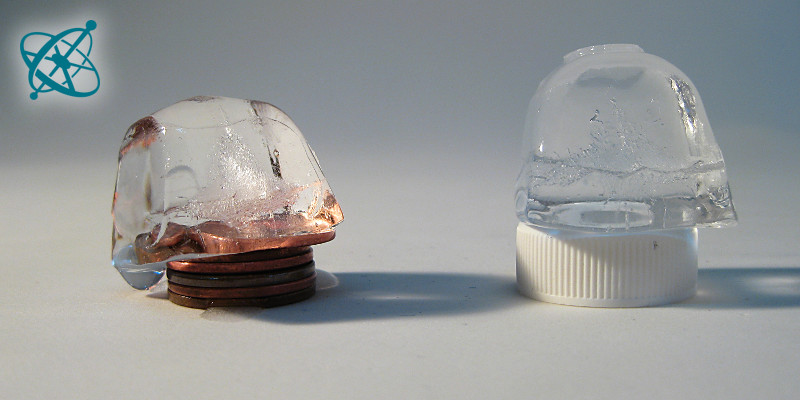
Why does the ice cube…
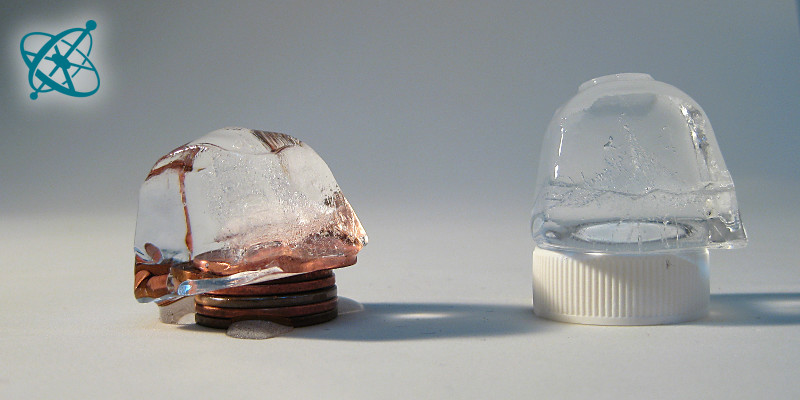
…on the stack of coins…
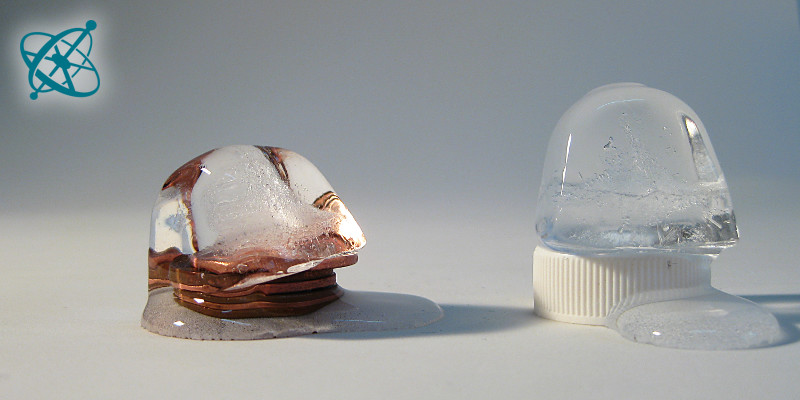
…melt faster?
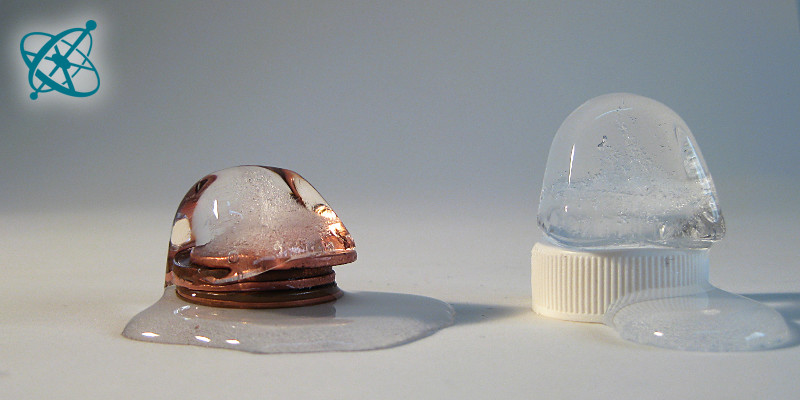
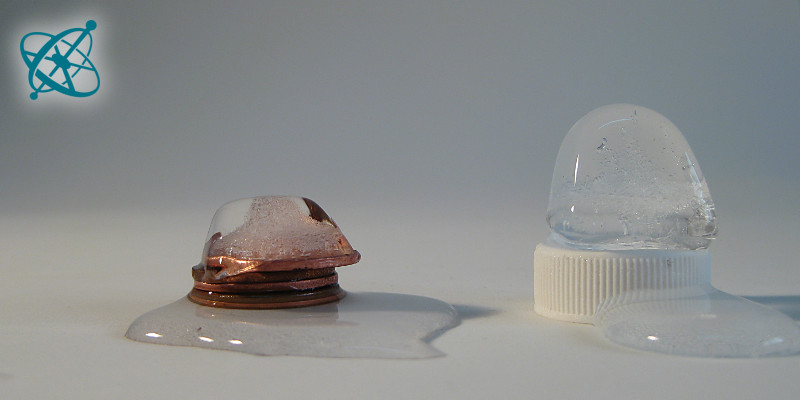
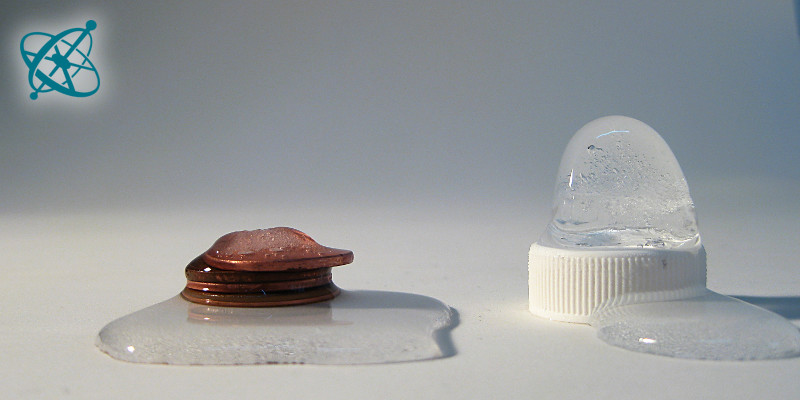
Thermal insulation
A simple yet impressive experiment to teach the impact of thermal conductivity. If you have sufficient ice cubes, you could combine it with 'Cutting through ice'.
Observing and understanding thermal insulation.
Coins
Plastic cup of a PET bottle
Plastic dishes
Remember to make ice cubes.
There is no need to wait until the ice cubes have melted completely, the effect becomes clear after a few minutes.
Place a stack of coins and a cap of a PET bottle on a plastic dish. Then put ice cubes on the coins and the cap. Watch them melt.
1. Why does one ice cube melt faster than the other?
What makes the ice melt?
› Thermal energy, i.e. heat.
Where does this energy come from?
› From the environment of the ice.
How does thermal energy from the environment reach the ice?
› Through the materials that are in contact with its surfaces, like the metal, plastic or air. Thermal energy is also added by absorbing electromagnetic radiation. However, the radiation is the same for both ice cubes and does not account for the difference in melting.
Are the coins and the cup equally efficient at transferring thermal energy to the ice?
› No, the coins transfer thermal energy better, making the ice melt faster.
Metallic coins conduct heat far better than plastic caps. Thermal energy from the coins and their environment is therefore transferred faster through the coins to the ice surface, accelerating the melting.
The plastic cap on the other hand insulates the ice cube. While the plastic in contact with the ice also transfers heat, the heat transport inside the plastic and the air under the cup is slow, leading to a slower melting.
